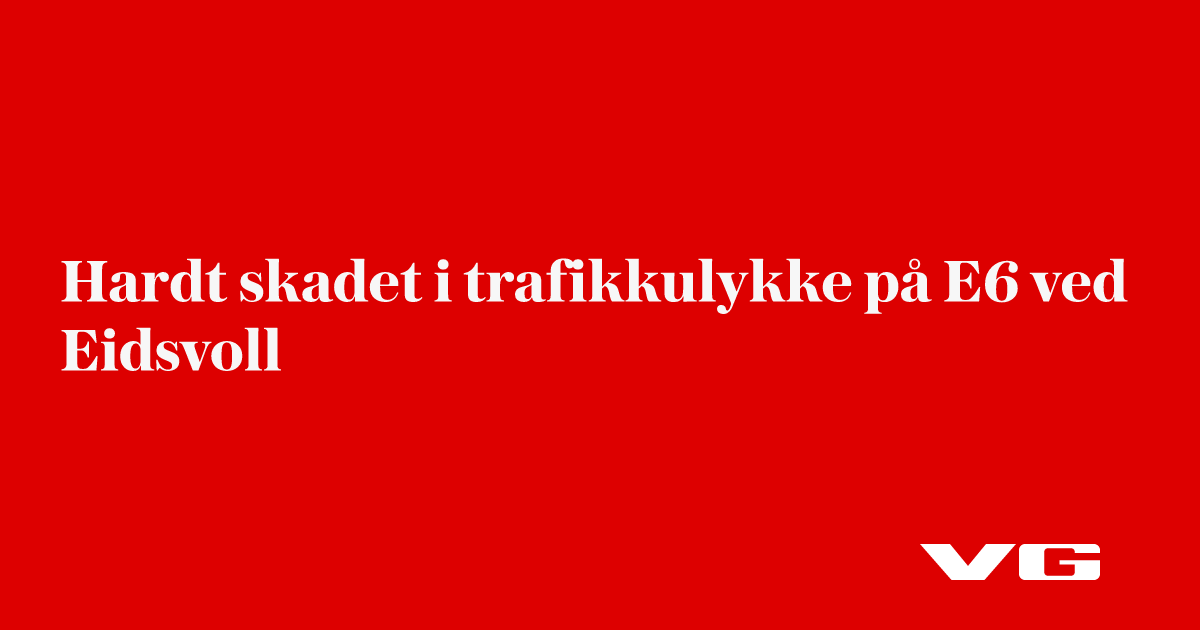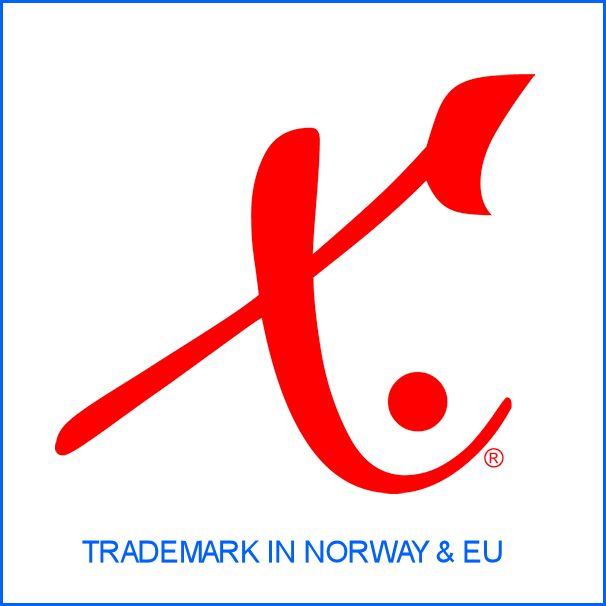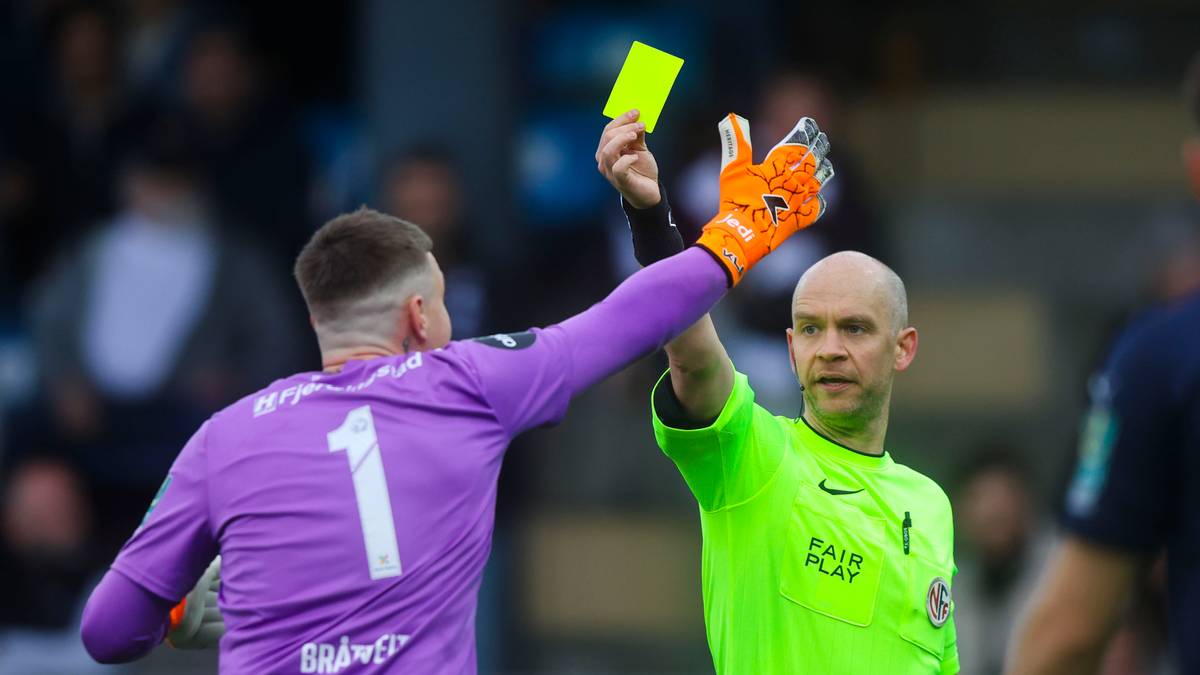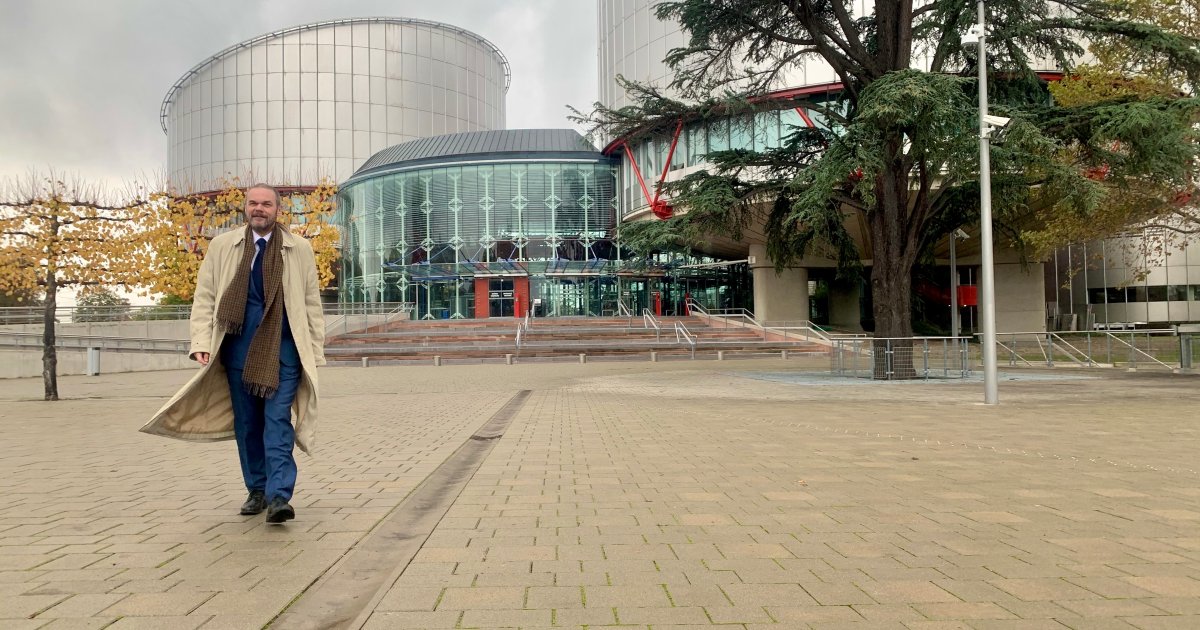
ntegrating theories and methods from multiple approaches to discourse analysis, we examine four “Behind the Scenes” videos about seafood that were posted on the YouTube channel of the upscale U.S. American grocery store chain Whole Foods Market (cheekily referred to by many as “Whole Paycheck,” and currently owned by Amazon). Our case study of these “emblematic” (Potter 1996: 161) examples of the grocery chain’s YouTube seafood-related communication illuminates how the videos linguistically and multimodally integrate various genres – travel series television (Damkjær & Waade 2014), food infotainment television (Matwick & Matwick 2019), food commercials (Strauss 2005), and food packaging (Freedman & Jurafsky 2011) – to create involvement (Tannen 2007) and convey elite authenticity (Mapes 2021). Elite authenticity is a “discursive rhetorical accomplishment” that, by evoking unpretentiousness and naturalness, paradoxically encourages consumers to perpetuate “cycles of privilege and inequality” (Mapes 2021: 3).
We show how, through the integration of onscreen text, visual images, and music, the videos draw on multiple genres to convey pro-environmental narratives of concern and care for fish and other sea life, oceans, human workers, and consumers of seafood. Simultaneously, the videos construct identities grounded in class-based “distinction” (Bourdieu 1984) for Whole Foods and its shoppers, selling not only (sustainable) seafood to its viewers/shoppers, but also social and moral capital (akin to Bourdieu’s 1986 sense of cultural capital). Our study thus reveals how an elite practice – buying seafood at Whole Foods – is linguistically and multimodally constructed by the YouTube videos as being moral, ethical, and in good taste.


.png) 5 months ago
35
5 months ago
35






















 English (US)
English (US)